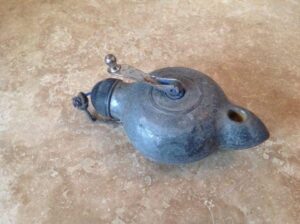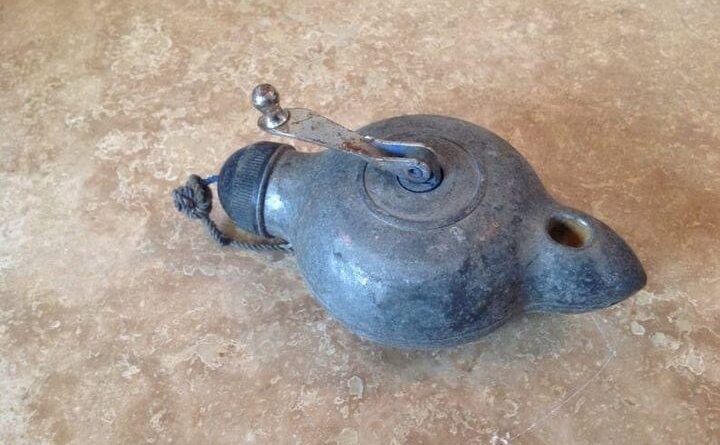A vintage gadget made for perfecting tasks without errors.
Vintage chalk line tools have a rich history and remain essential in both construction and craft. These tools, known for marking straight lines over long distances, have provided precision and reliability across various trades.

History
The chalk line tool dates back to the 19th century, a time of significant industrial growth and new construction technologies. Early versions were simple, consisting of a spool with a string coated in chalk powder. They were particularly useful in marking straight lines on surfaces like wood and masonry, where precise measurements were crucial.
While the basic concept of the chalk line tool stayed the same for many decades, materials and designs evolved over time. By the early 20th century, manufacturers created sturdier versions with better mechanisms to withstand frequent use. Later improvements included the addition of retractable lines and ergonomic grips, making the tool even more user-friendly.
Usage
Using a vintage chalk line tool is straightforward and practical. The main parts include a spool holding the chalk powder, a line reel, and a string. To use it, you simply stretch the line between two points and snap the chalked string against the surface, leaving a clear, straight line. This is immensely helpful for tasks that require precise alignment.
In construction, chalk lines lay out reference lines on surfaces before cutting or installing materials, ensuring proper alignment for both structural integrity and aesthetic appeal. In woodworking, they help create precise cuts and maintain design uniformity. Craftsmen and hobbyists also use chalk lines for detailed projects, such as tile laying and intricate carpentry designs.
Legacy
The vintage chalk line tool continues to be relevant due to its simplicity and effectiveness. Despite the advent of modern measuring tools, the chalk line remains a favorite among many tradespeople and craftsmen. Its design is a testament to how a simple tool can fulfill a fundamental need efficiently.
These tools also carry a sense of craftsmanship and tradition. Collectors often seek them for their historical significance and durable build. They represent a time when tools were crafted to last, drawing a perfect balance between functionality and durability.
The chalk line tool has left a lasting impact on various trades. It has influenced the design and development of more advanced marking tools, setting standards for precision and ease of use that current toolmakers still follow.
Conclusion
Vintage chalk line tools, with their simple design and practical functionality, hold a special place in the history of construction and craftsmanship. They symbolize an era of innovation in toolmaking and continue to be cherished for their reliability and accuracy. As technology advances, the legacy of these time-tested instruments reminds us of precision’s importance and the enduring value of well-made tools.



